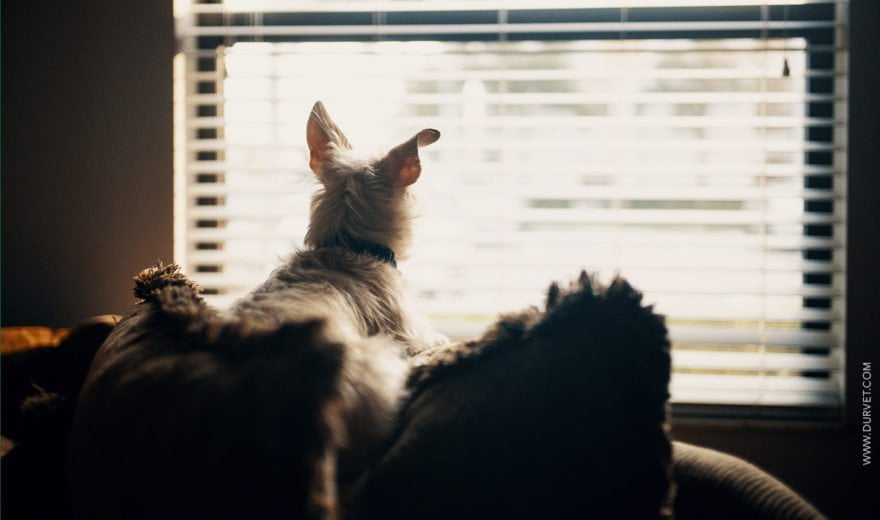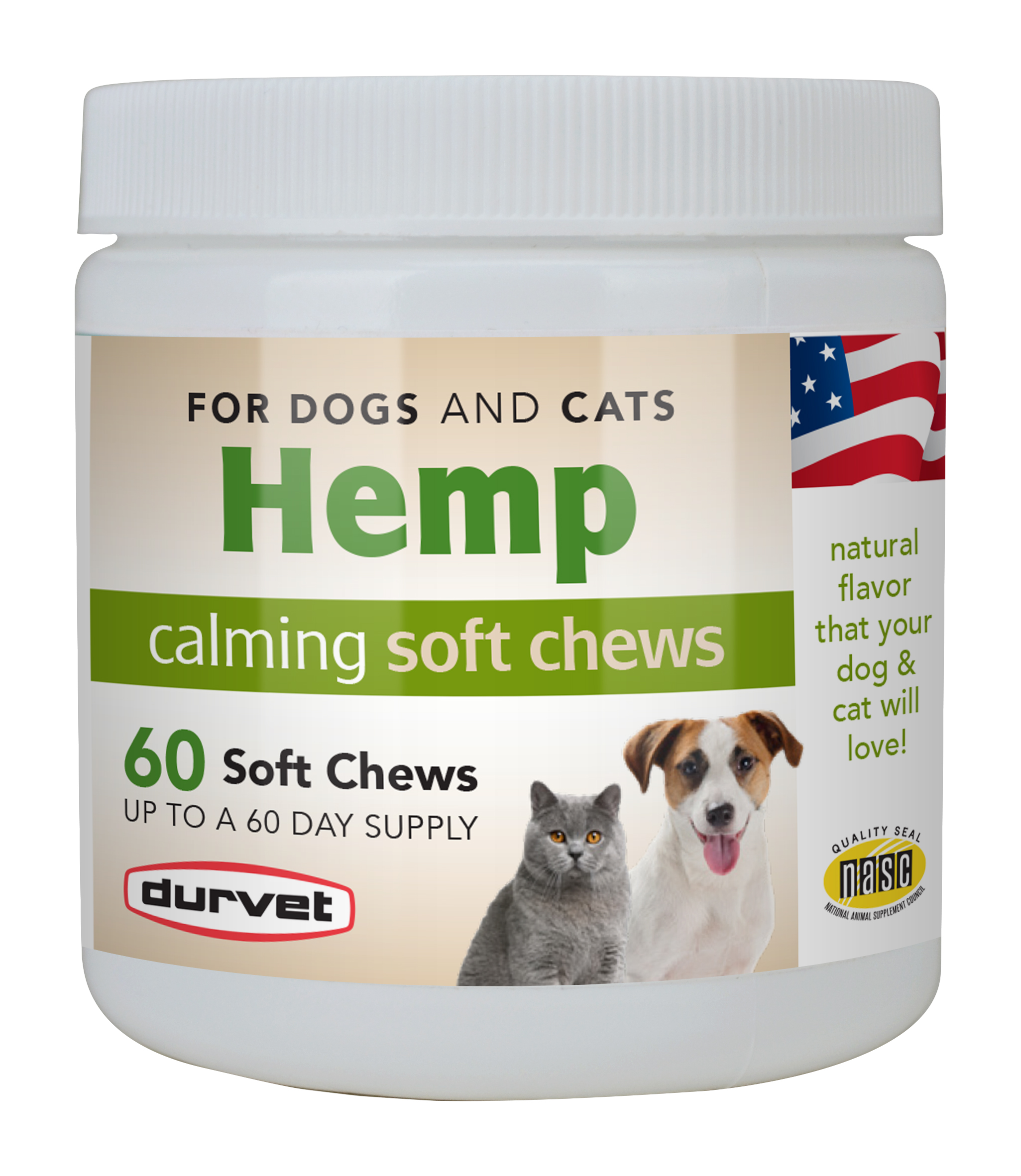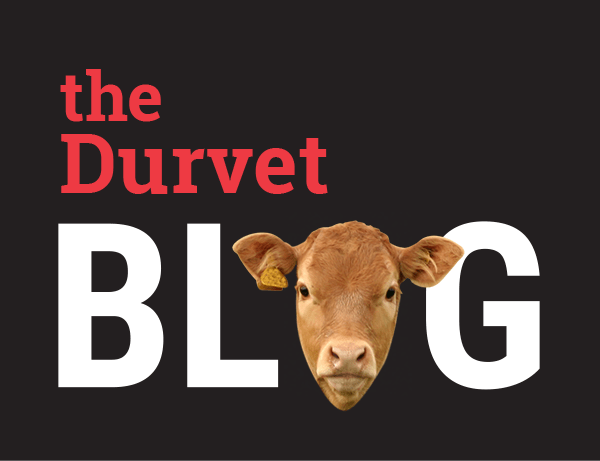
As COVID-19 restrictions and social distancing come to an end, many people will return to normal life working in the office. It's not only a big adjustment for you, but also for your pet who has had constant companionship throughout the pandemic. Understanding and recognizing separation anxiety in your pet will prepare you to address the issue at the first signs.
What is separation anxiety?
Although separation anxiety usually presents itself in puppies, it can also develop in older dogs. It is a serious condition when your dog exhibits symptoms of extreme stress from the time you leave home until the time you return. It can be shown through symptoms like excessive barking, salivation, whining, destruction of the home, scratching at walls, doors and furniture or attempts to escape the room or crate.
Causes of Separation Anxiety
It's unknown why some dogs are more prone to separation anxiety than others. Some triggers that may cause symptoms are a sudden switch in routine, a move to a new house or the sudden absence of a family member.
As owner's, we often encourage separation anxiety in our pets without realizing it. We make a big deal about leaving or returning to the house, and reward the dog's concern with our absence, therefore causing them stress every time we leave the home. A change in routine can create the symptoms, but these symptoms can also be caused by boredom and lack of exercise.
What are the signs of separation anxiety?
There are a variety of symptoms that come along with separation anxiety. If your puppy shows multiple symptoms over a period of time, it may be a sign they are in distress while you are away. Here are some behaviors your dog may show if they suffer with separation anxiety:
- Anxious behavior such as whining, pacing or shaking as you prepare to leave
- Excessive barking
- Destruction of the house, such as chewing, digging or scratching around doors and windows
- Accidents in the house
- Excessive panting, drooling and salivation
What can I do to help my dog's separation anxiety?
It can be exhausting and upsetting for both you and your pet if your puppy is in distress while you are away. There are several steps you can take to prevent and deal with anxiety. By teaching your dog to enjoy (or at least tolerate) being alone, it will help to make both of your days more enjoyable and stress free.
- Crate training
The crate can be a very useful tool in training your dog in a variety of areas. It is not mean or cruel if used in the correct way. It can provide your pet with a safe, comfortable place to relax and feel at home. It is best to teach your dog to associate the crate with positive things such as treats and chew toys so they feel happy to spend time in there. - Spend time away
An important part of raising a new puppy is to teach them to be comfortable in the world and form positive associations with new things. It is just as important to spend time away from your pup and teach them that separation is okay and even has rewards. You can start by leaving them for short periods of time and gradually increase the time as you go. Give your pup one of their favorite treats and chew toys before you leave, so they may eventually look forward to spending time alone. - Exercise
Exercise is important for preventing separation in your pet. As they say, "A tired pup is a happy pup." A pet who has had adequate exercise and burned their energy off is more likely to settle down while you are away. Also, giving your pup mental stimulation is equally as important. You can exercise their brain by teaching new tricks or providing them with a stimulating toy or puzzle game. - Medication or other natural option
If you still don't notice positive results after training, some vets recommend anti-anxiety medications. These require a prescription and are safe for most pets. Another option is supplements or natural remedies such as hemp chews, diffusers or compression shirts.
Sources: American Kennel Club, AARP

 BACK TO MAIN BLOG
BACK TO MAIN BLOG 

Comment